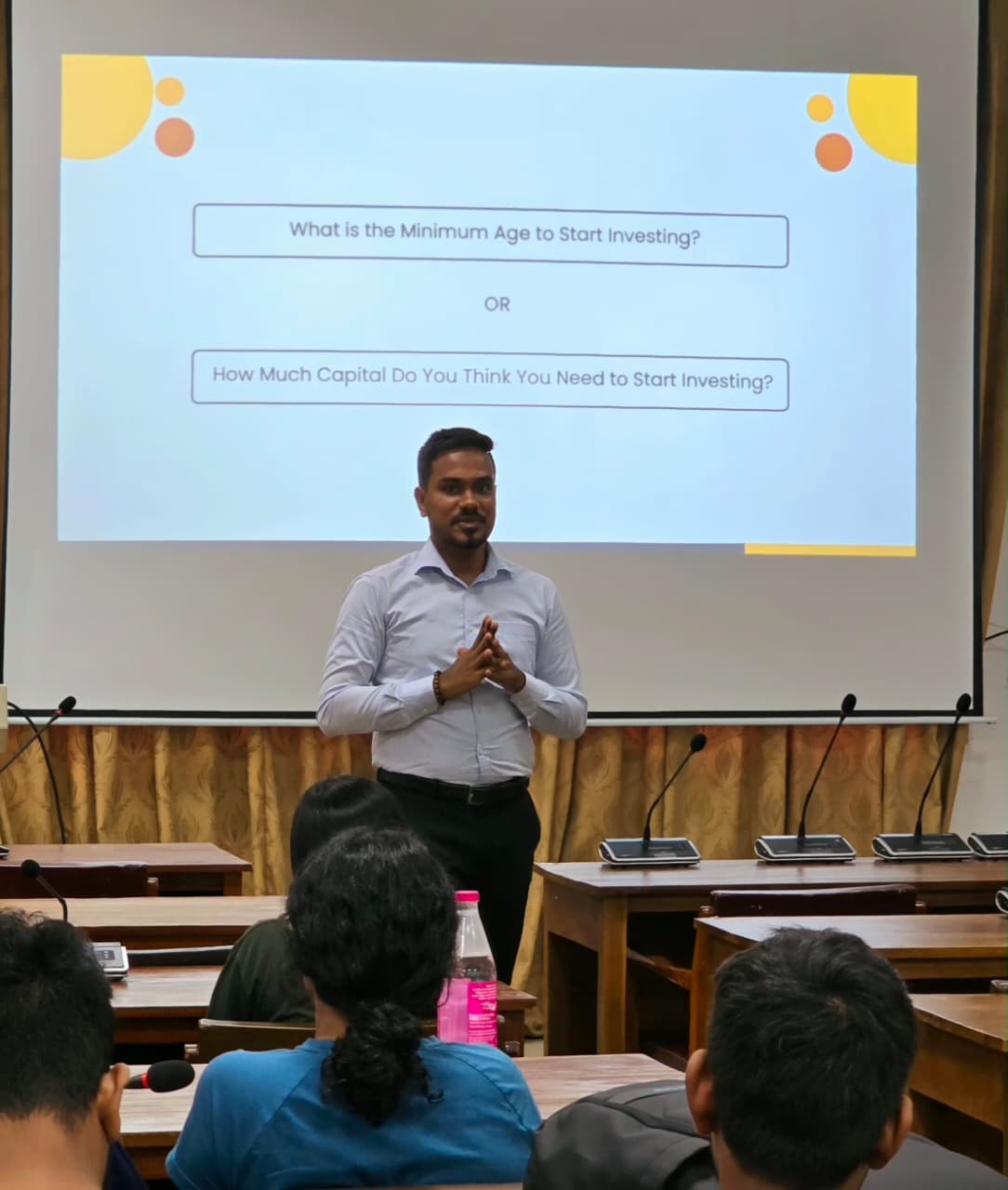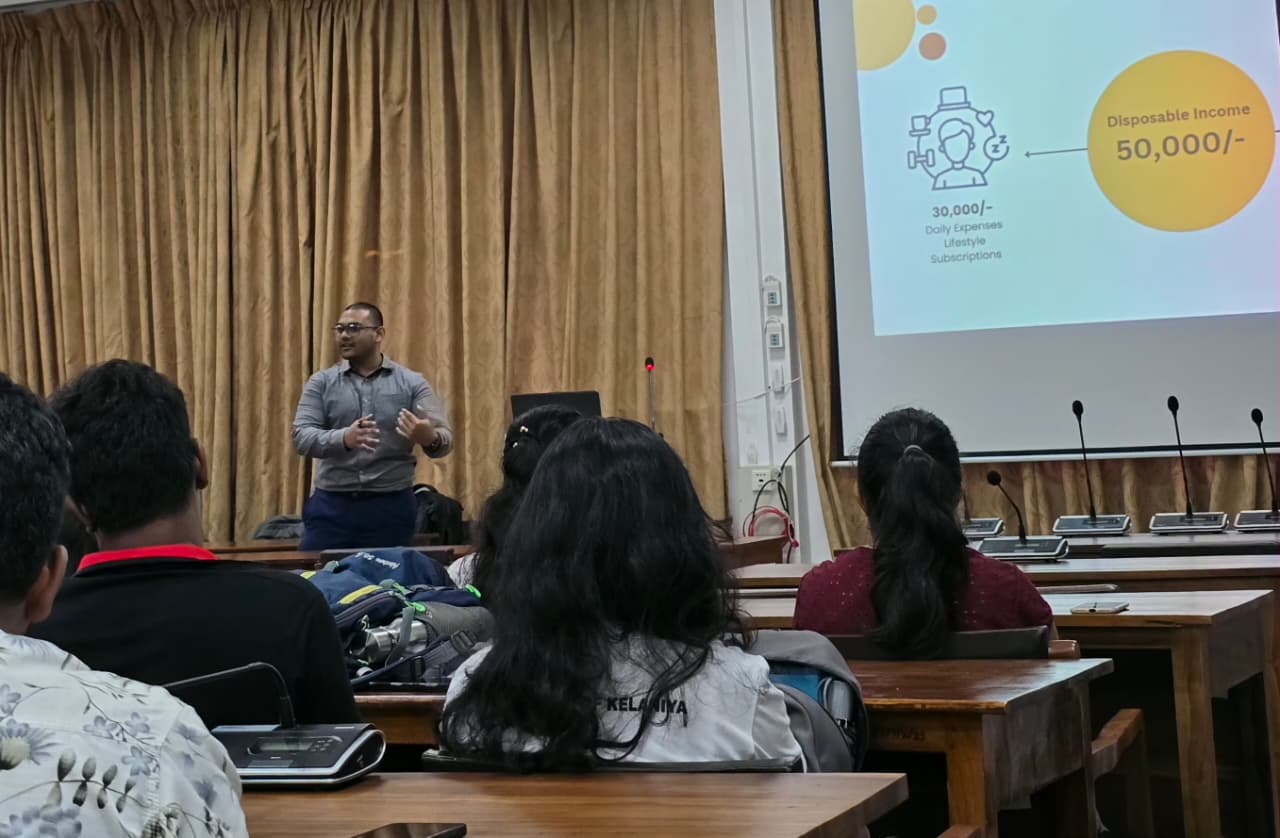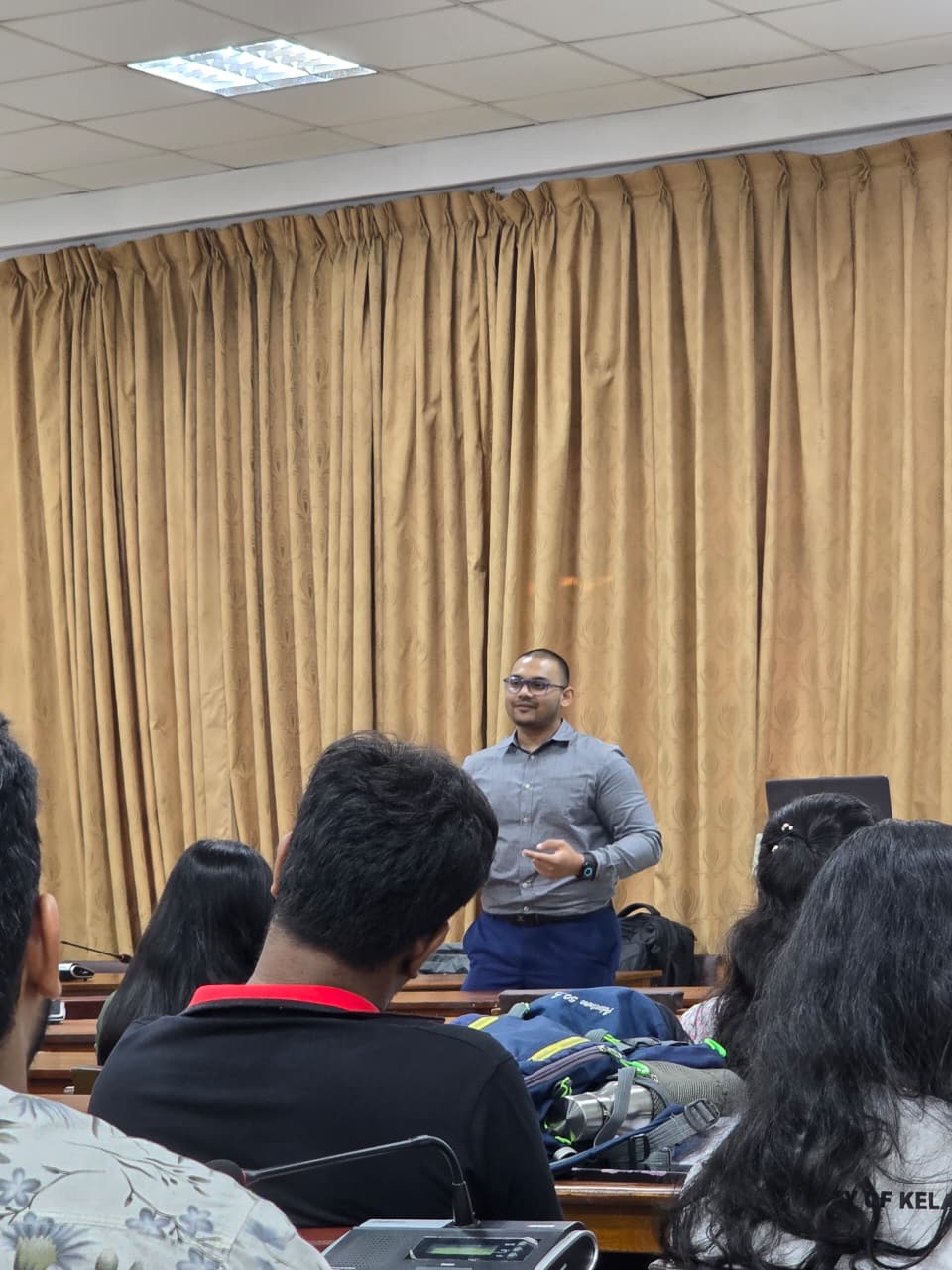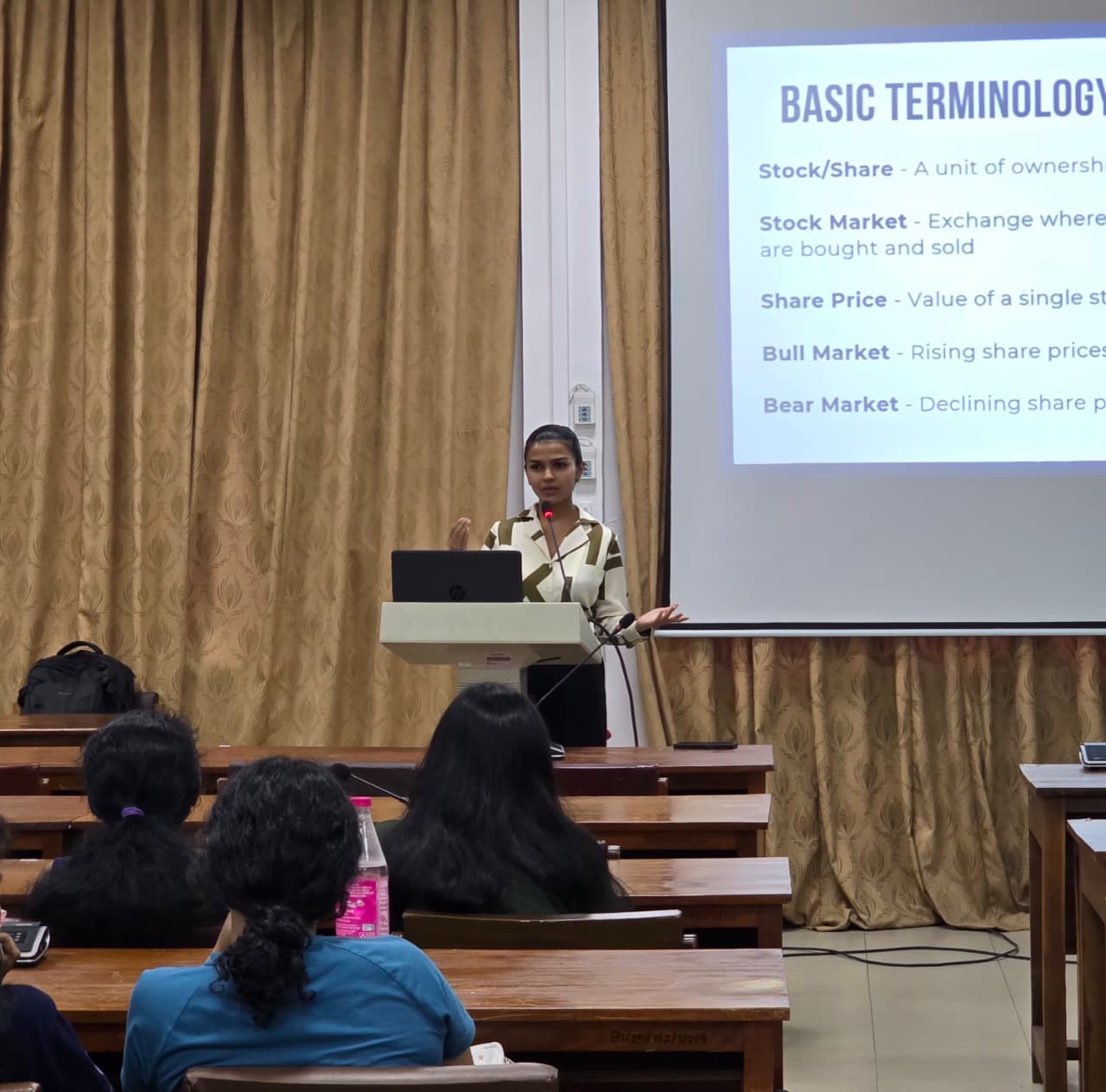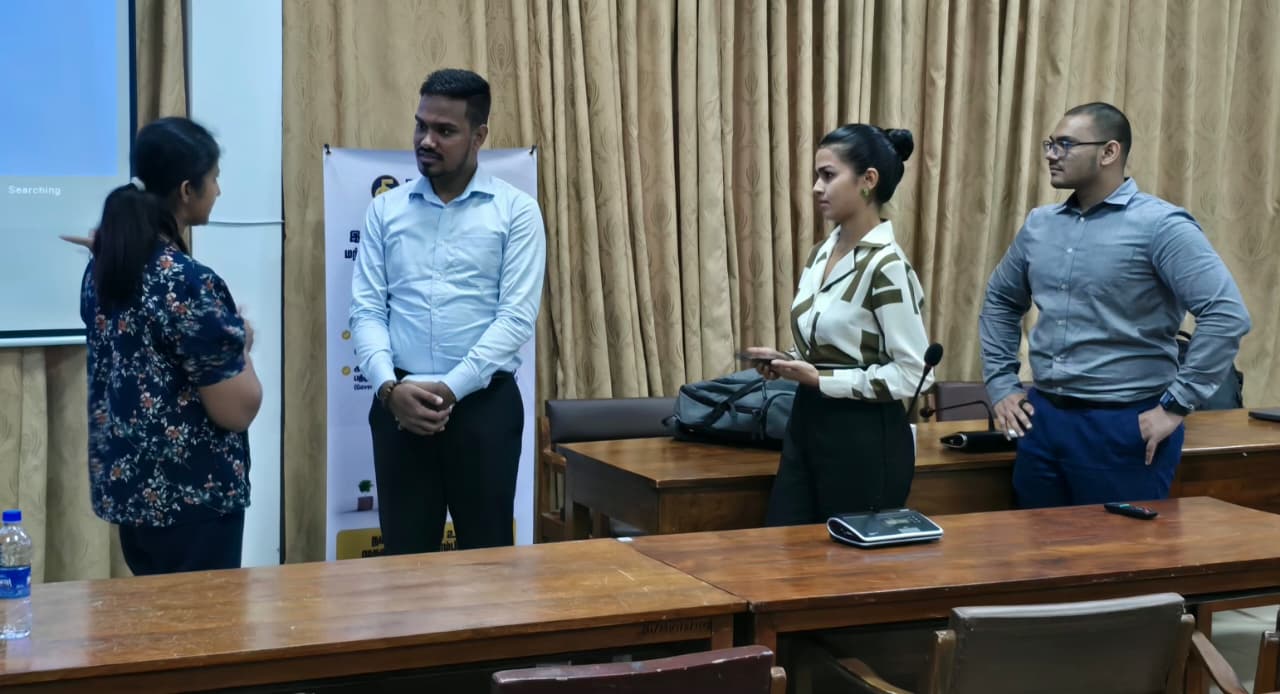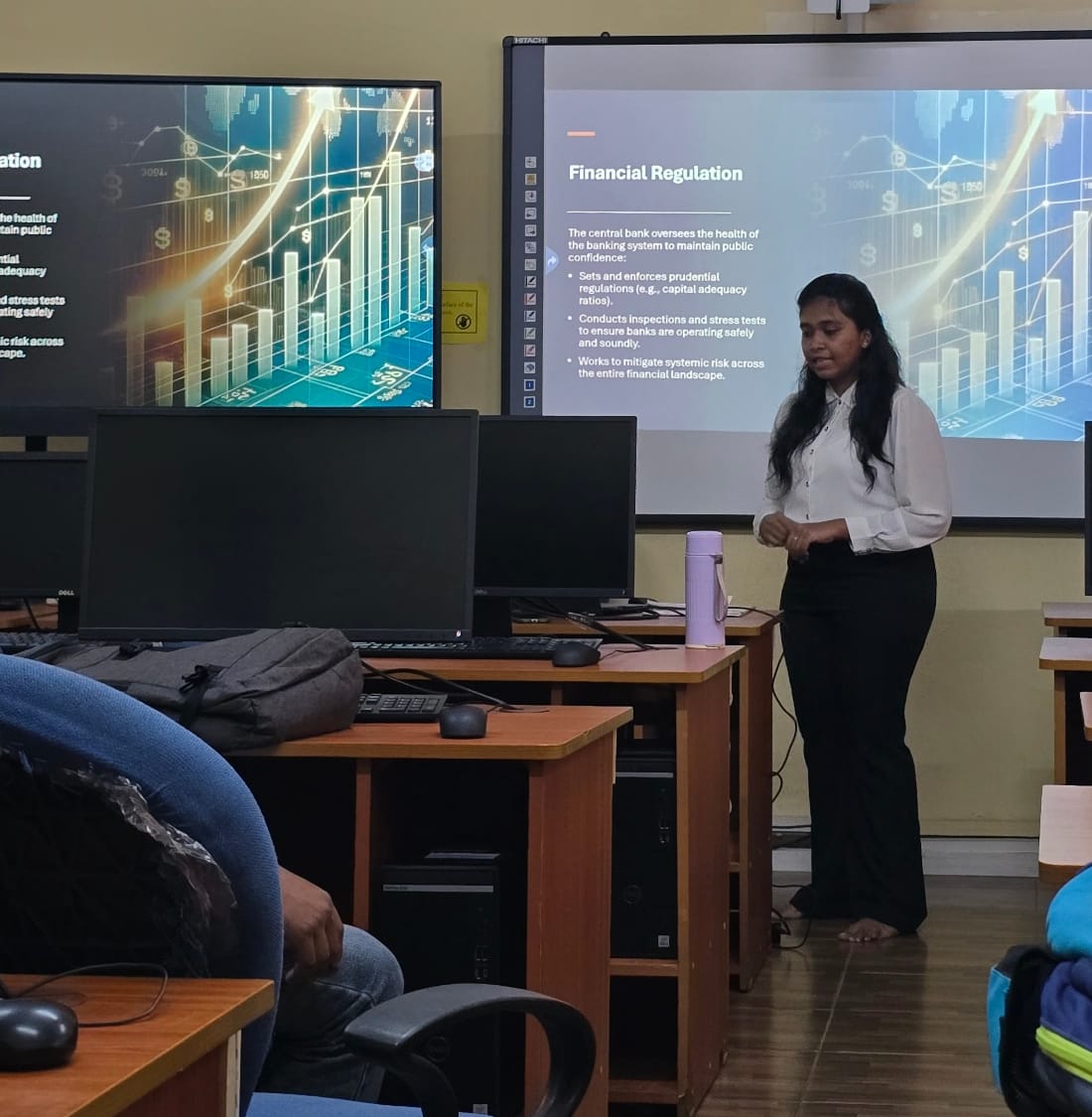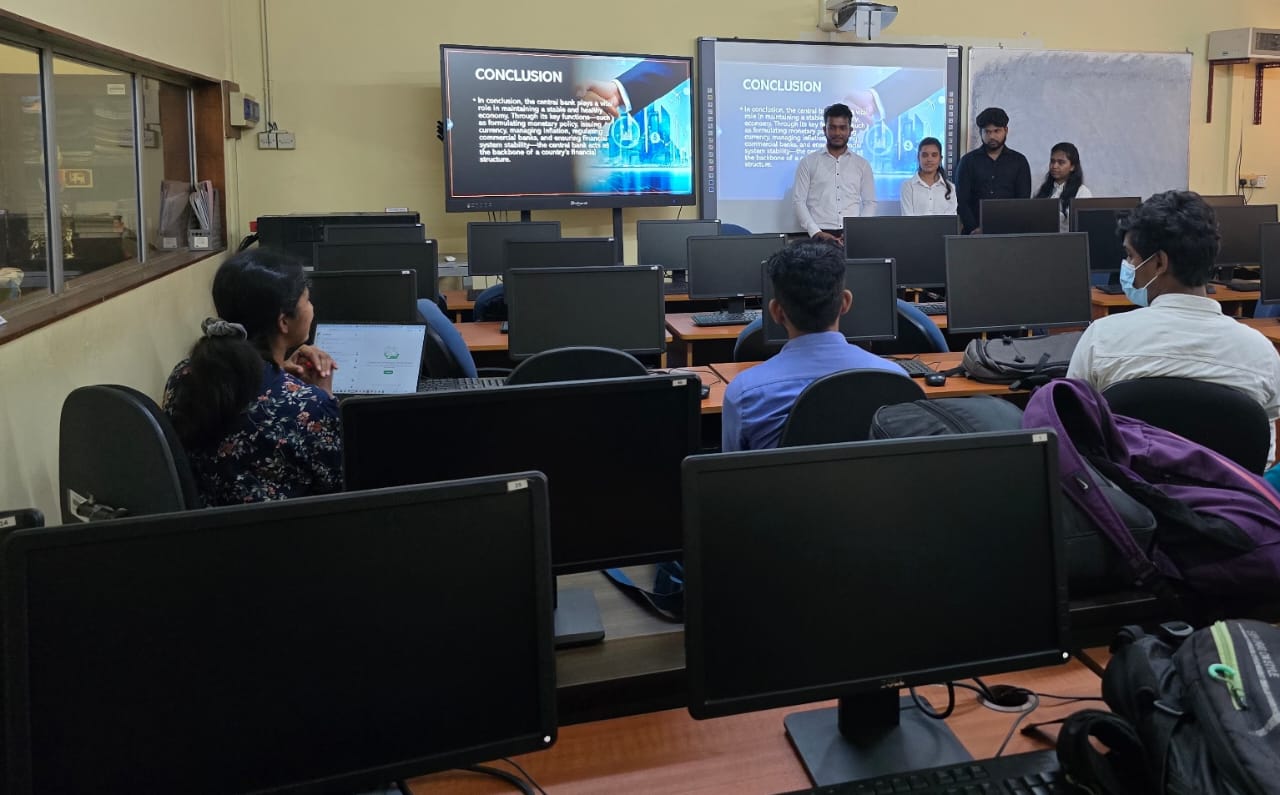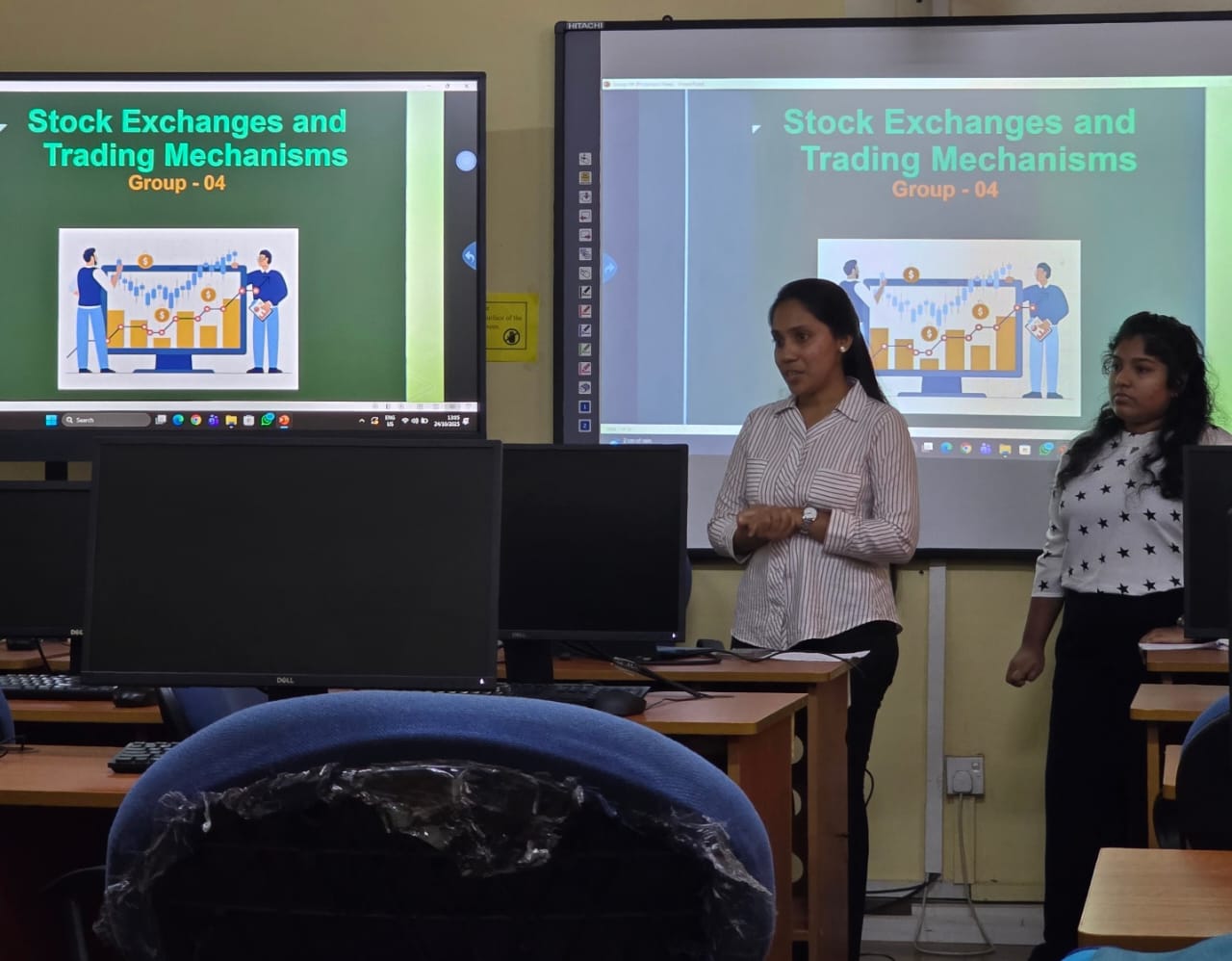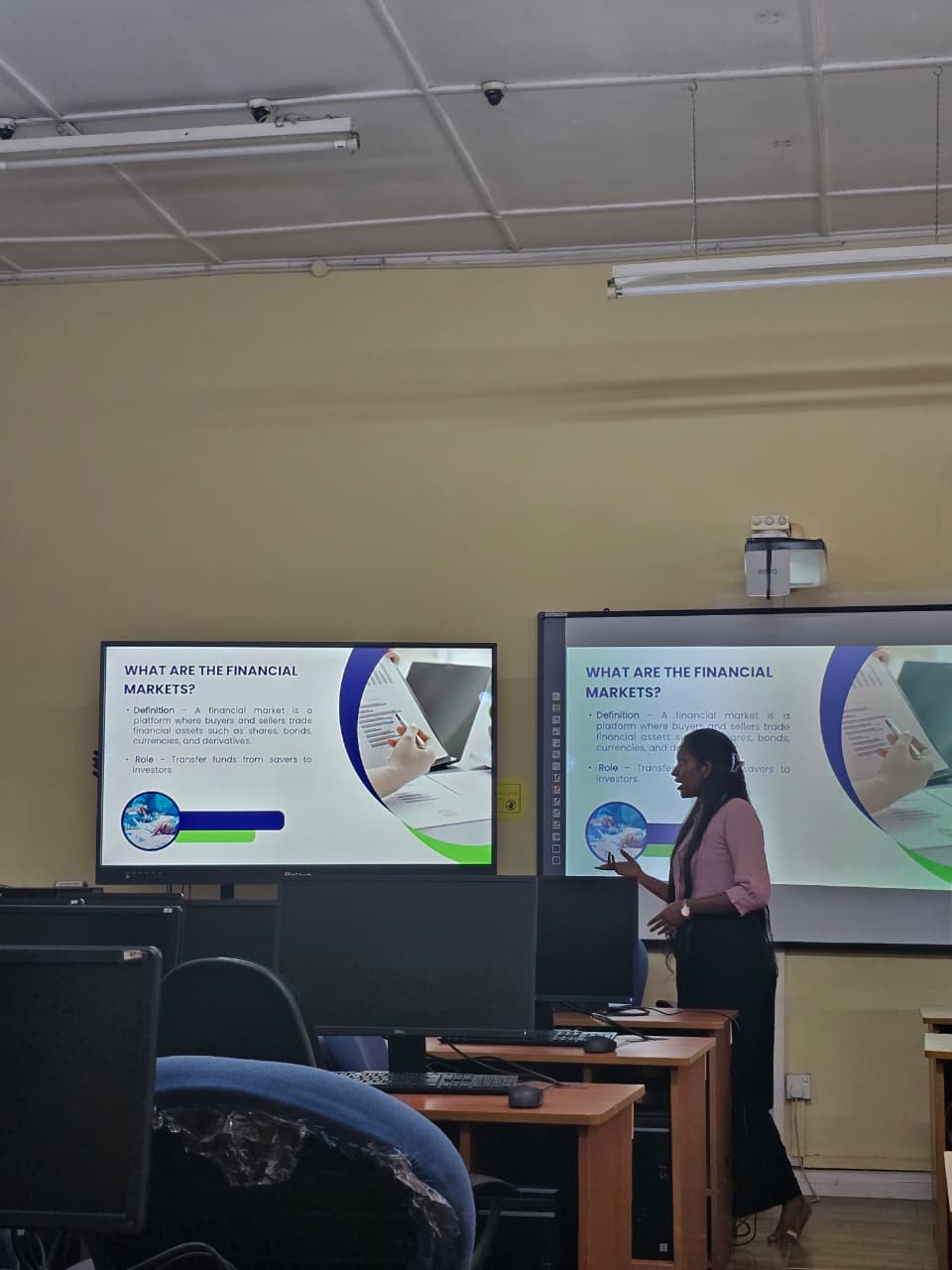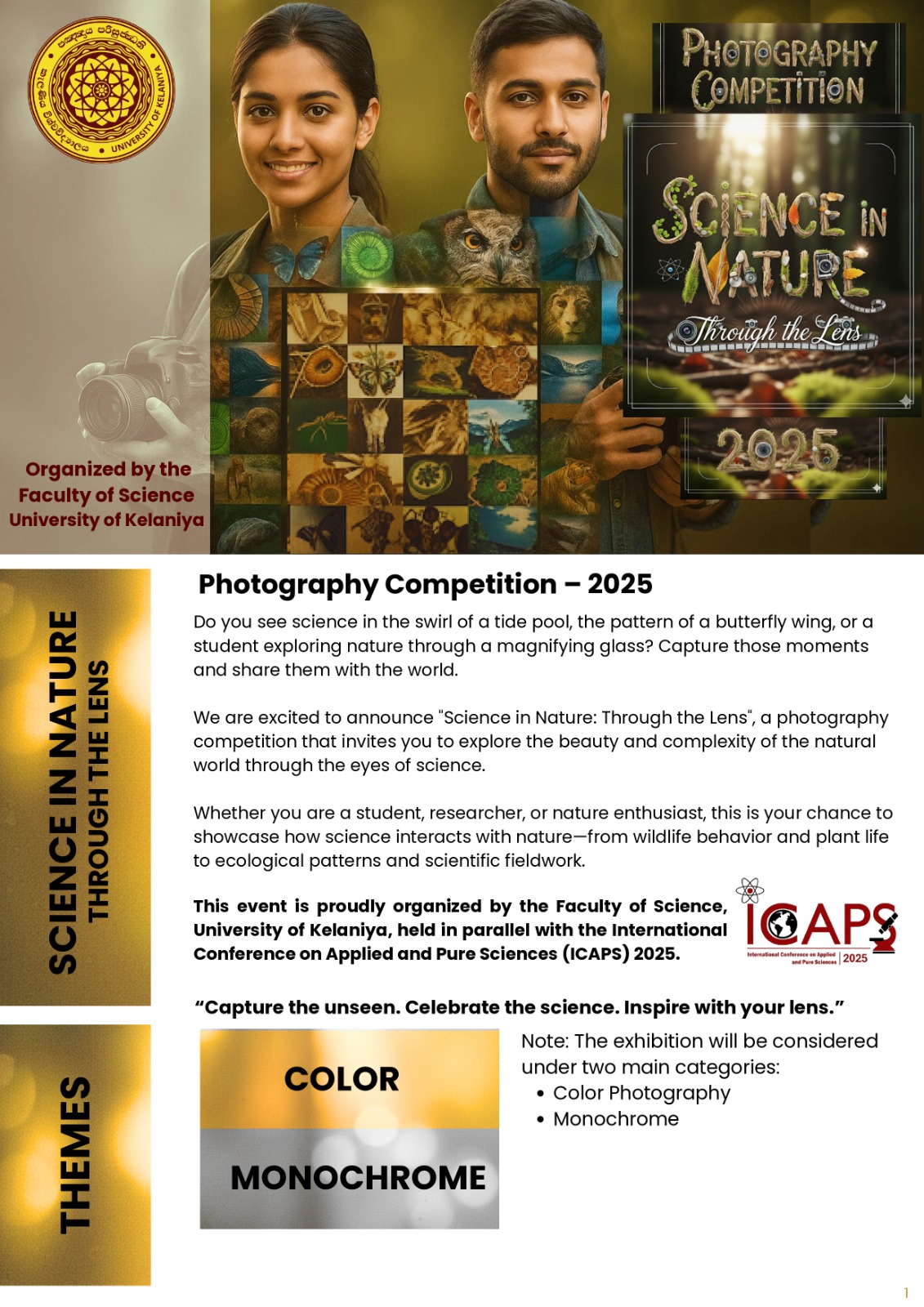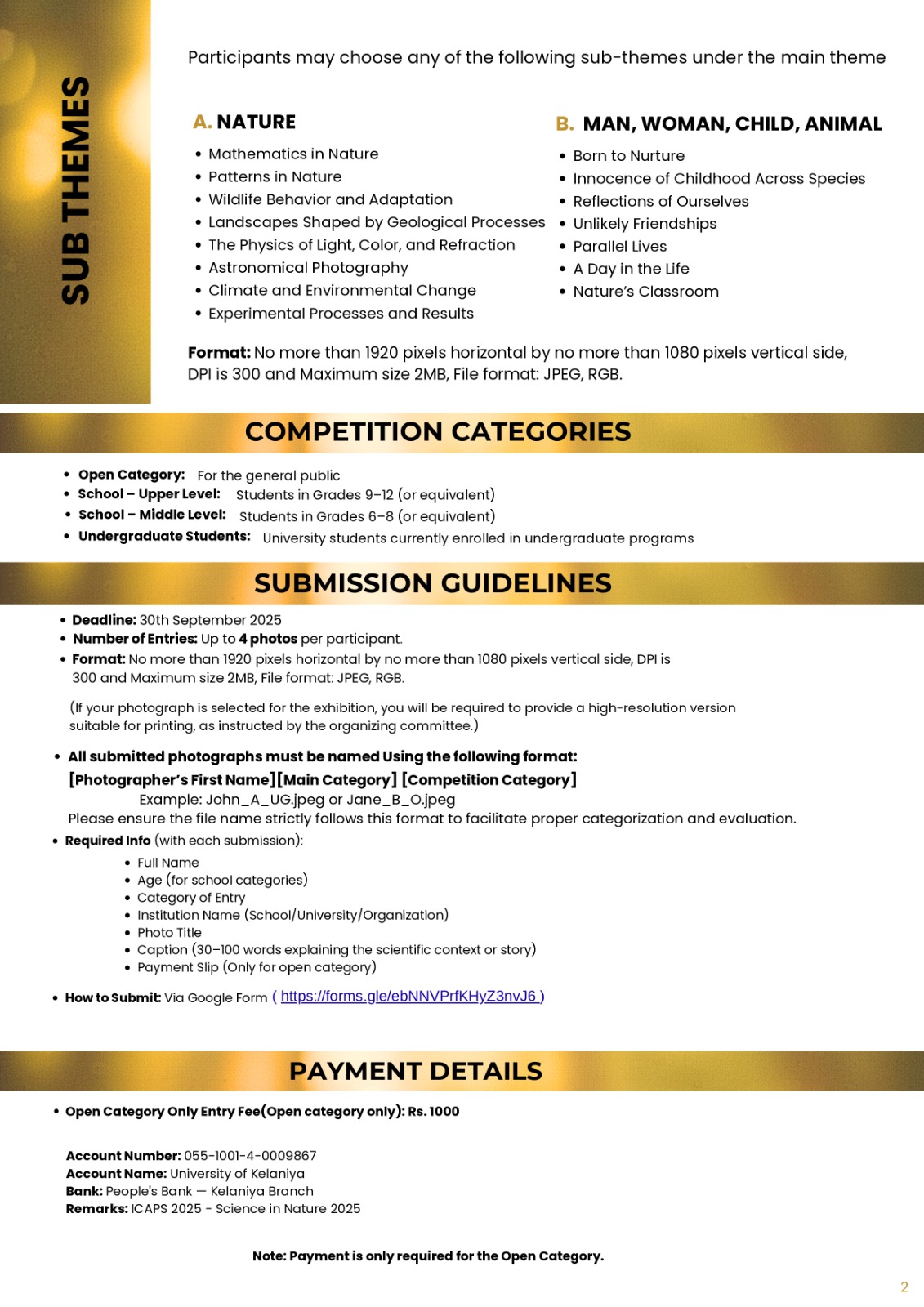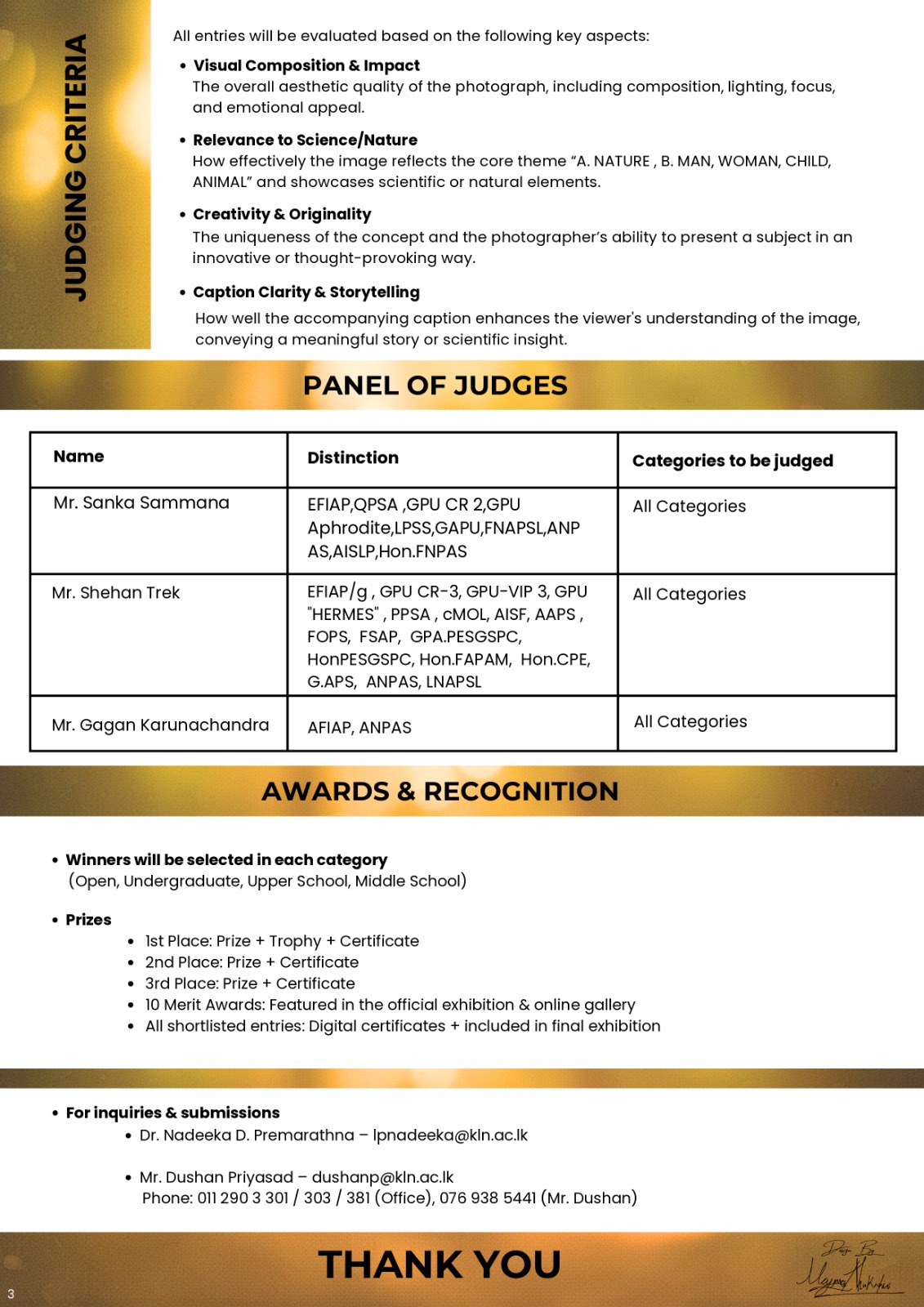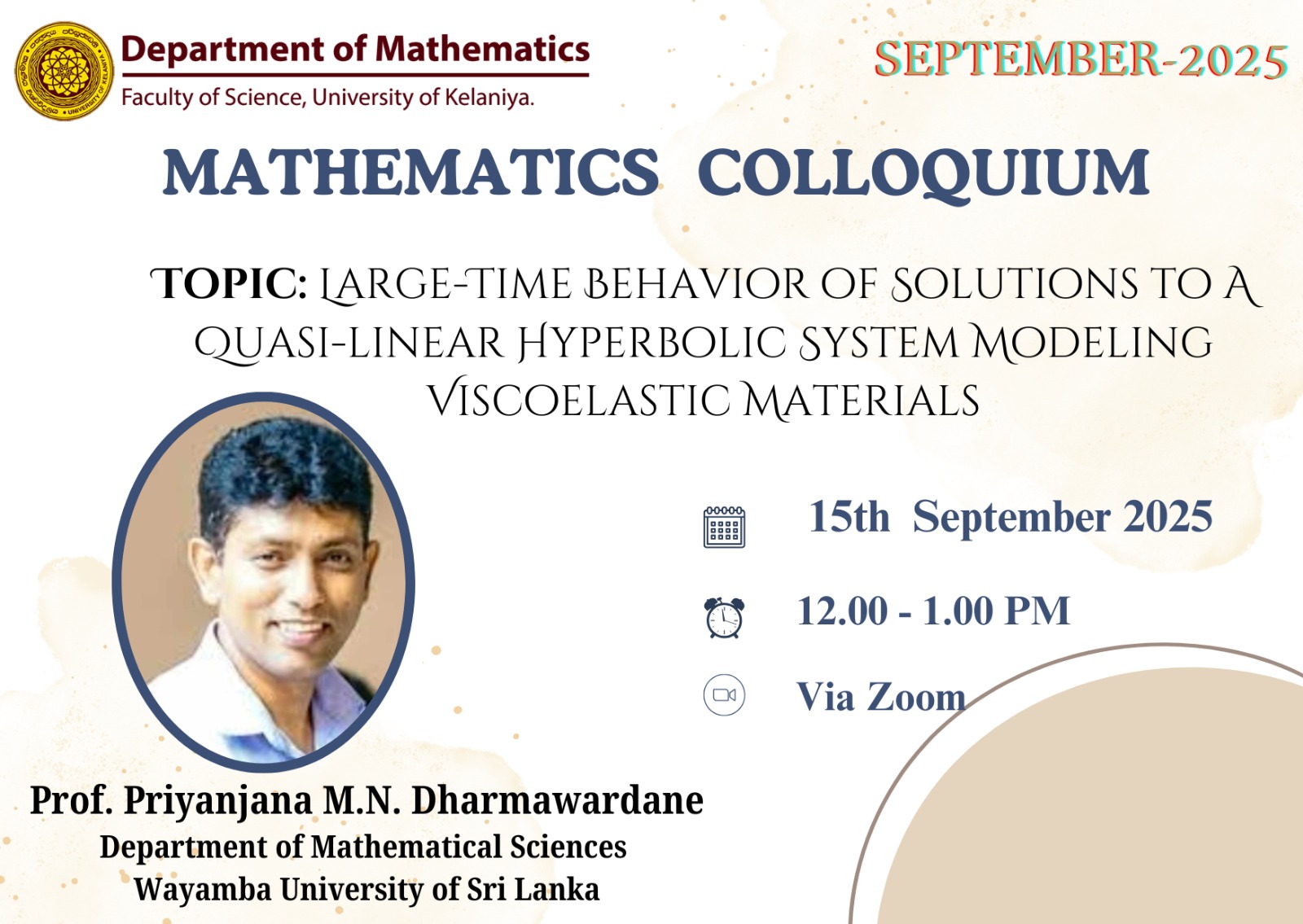The Department of Mathematics, Faculty of Science, University of Kelaniya, successfully organized an insightful session titled “Stock Surge: Investing 101 for Undergraduates”, conducted by First Capital Equities (Pvt) Ltd. on 3rd November 2025, from 3.00 p.m. to 5.00 p.m.
The interactive session aimed to enhance financial literacy and investment awareness among undergraduates, empowering them to make informed financial decisions early in their academic and professional journeys.
During the session, over 60 staff and student participants gained hands-on knowledge on:
Understanding key financial and investment terms
Basics of stock trading and portfolio management
Building a personal investment portfolio
The fundamentals of the Colombo Stock Exchange (CSE)
Opening and managing CDS accounts
Selecting broker firms and using online trading platforms
💡 Events like these bridge the gap between theory and practice, preparing undergraduates for real-world financial opportunities.
A big thank you to First Capital Equities (Pvt) Ltd for conducting this engaging and practical session, and to the Department of Mathematics for organizing such an impactful initiative!

